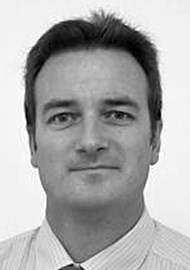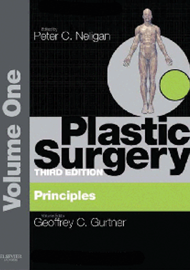This volume thoroughly covers the basic principles of plastic surgery beginning with an overview of key developments as well as the innovative personalities and their contribution to the detailed history of this specialty.
Whilst the next few chapters are principally designed for surgeons embarking on a career in private healthcare, they are nonetheless relevant to many aspects of plastic surgery practice, including patient psychology, personality disorders, decision-making and dealing with the dissatisfied patient. We are introduced to the ethics of advertising, business principles, medico-legal, financial and general management of private practice. There is an entire chapter dedicated to medical photography although consent, confidentiality and data protection and storage are not covered.
The ensuing chapters deal with patient safety and the mitigation of surgical and anaesthetic risk as well as the safe and effective use of local anaesthetics. There is an introduction to evidence-based medicine and research, describing the evaluation of evidence and the types of trials, studies and analyses. This leads on to the basic principles of physiology and biochemistry including current trends in genetics and prenatal diagnosis and gene therapy and a description of the principles of cancer management and radiotherapy principles.
The next 10 chapters deal with stem cells, the principles of regeneration, current research and potential clinical applications; wound closure and healing and the prevention and management of hypertrophic and keloid scars. The use of skin, fat, bone, cartilage, nerve and composite grafts are also described with detailed explanations of the mechanisms of repair and regeneration and tissue engineering.
The angiosome theory and the classification of flaps precede the principles and practice of microsurgery. Other topics covered in this volume include vascular anomalies; benign and malignant skin and soft tissue tumours; tissue expansion; implants and biomaterials. Transplantation in plastic surgery is well described although the ethical aspects and patient selection are not discussed here.
This volume ends with an account of recent technological innovations such as negative pressure dressings, non-invasive body contouring, robotics, simulators and telemedicine.





